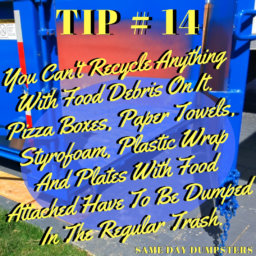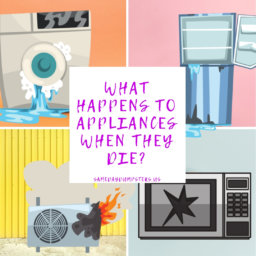Scratch ‘n Sniff has been around since 1965 when those infamous smelly stickers were produced. There have been thousands of copycats to the original sticker run and many folks have taken the process into other mediums and marketing channels. But how does it work?
Scratch ‘n Sniff is made possible through a process called microencapsulation. Scented oils, or aroma generating chemicals are encapsulated in gelatin or plastic spheres that are naked to the human eye. Essentially, the basic polymer and scent chemical are mixed in a reactor and then blended by a rotating blade at a super high rate of speed. This process allows the oil to bead into the small droplets that can’t be seen. You smell the odor when you scratch these bubbles and pop them to release the scent that is inside.
Aside from stickers and toys, this process has also been used on album covers and artwork, marketing, clothing, home decor, literature and gaming. It has even been used in law enforcement and drug prevention to help folks identify what different drugs smell like so they can be identified on the streets. You come across a form of scratch ‘n sniff every day – from those perfume ads in magazines to clothing companies selling fruit scented clothing for kids. Soon it will end up in publicly saturated places as a way to enhance your overall experience and block out the typical gross odors these locations accumulate. Scratch ‘n Sniff still peaks curiosity levels so don’t expect it to disappear anytime soon.
Conversation Ice Breaker Factoid: Katy Perry’s album “Teenage Dream” used the Scratch ‘n Sniff process to smell like cotton candy.















Hi there everyone, it’s my first pay a visit at this web site,
and piece of writing is genuinely fruitful designed
for me, keep up posting such articles or reviews.